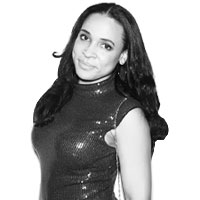Fashion
Photo Illustration by Kelly Caminero / The Daily Beast / Getty
Vogue’s First Black Cover Girl Is Still Fighting Racism
RUNWAY REVOLUTIONARY
Beverly Johnson recalls her career battling discrimination in the “Wild West” modeling industry.
exclusive

Trending Now




